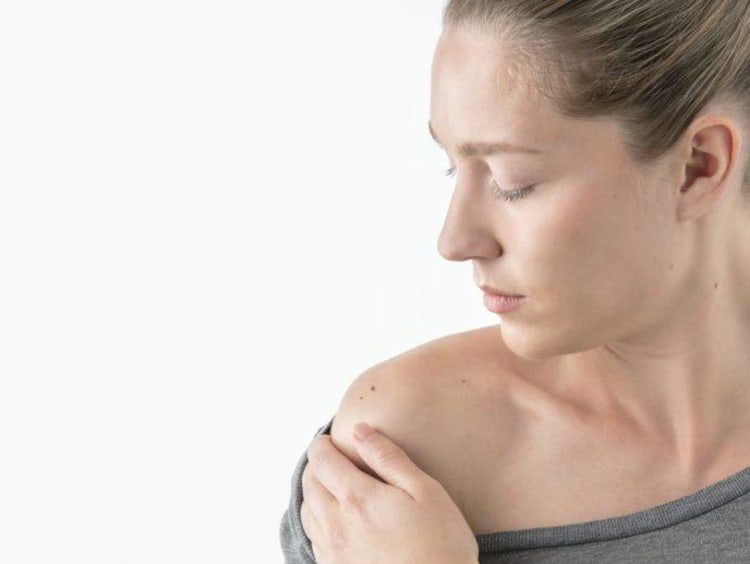Skin Cancer Prevention

May is Skin Cancer Awareness Month, this information could save your life or that of someone you love! Skin cancer is very common. According to the World Health Organization (WHO), one in every three cancers diagnosed worldwide is skin cancer. One in every five Americans may develop a form of skin cancer in their lifetime.
The incidence of both non-melanoma and melanoma skin cancers has been increasing over the past decades. Currently, between two and three million non-melanoma skin cancers and 132,000, melanoma skin cancers occur globally each year. Melanoma can spread to other parts of the body and causes over 9,000 deaths every year. While this may sound scary, the Centers for Disease Control (CDC) notes that among the main factors that predispose to the development of melanoma are recreational exposure to the sun and a history of sunburn:
- Tans and sunburns are the body’s response to damage from UV exposure. A tan is a sign of damaged skin.
- More than one in three Americans report getting sunburned every year.
- Indoor tanning exposes people to more intense UV rays than the sun. About 6,200 melanomas are estimated to be caused each year by indoor tanning.
- Prevention and early detection are key to management.
The good news is with simple strategies we can minimize the risk. Sun protection and skin examination are key.
How to Protect Your Skin:
- Wear a wide-brimmed hat, sunglasses and other protective clothing outdoors.
- Find shade, especially during midday hours.
- Use a broad-spectrum sunscreen with SPF 15 or higher regularly and reapply as directed. Sunscreen is most effective when used with other sun protection (hats, sunglasses, protective clothing and shade).
- Avoid sunbathing and indoor tanning.
While Melanoma can be deadly, there’s a 99 percent survival rate when the disease is found in its earliest stages. And one of the best ways to ensure that happens is with a skin cancer self-exam. By checking your skin every month for irregularities that might be signs of early cancer and bringing those changes to your doctor’s attention, you can play a key role in your prevention.
Follow these simple steps for skin examination:
A skin self-exam should be done about once a month. A partner to help you look at your scalp and back is very valuable and a second pair of eyes may detect changes in existing moles or new moles more quickly than yourself.
- Take off your clothes and stand facing the full-length mirror. Check your chest, shoulders and arms, as well as under each arm, and look down the fronts of the thighs and calves.
- Bend your elbows and examine your forearms and the backs and palms of your hands, your fingers on all sides and your fingernails.
- Grab a hand mirror and check the backs of your legs and the bottom of your feet. Also, be sure to check between the toes, sides of the toes and toenails.
- Still using the hand mirror, check the back of your neck. Part your hair — and if necessary, use a blow dryer to move it around — and check not only your scalp but the area around and behind each ear.
- Finally, use the hand mirror to examine your buttocks, genitalia and lower back.
And finally, please visit a dermatologist for a clinical skin exam annually!
The College of Nursing and Health Care Professions helps students prepare for rewarding careers in the healthcare field. Learn more by visiting our website or contacting us using the green Request More Information button at the top of the page
References:
- Preventing Melanoma | VitalSigns | CDC. (n.d.). Retrieved from https://www.cdc.gov/vitalsigns/melanoma-test/index.html
- The Skin Cancer Self-Exam. (n.d.). Retrieved from https://www.webmd.com/skin-problems-and-treatments/skin-cancer-skin-self-exam
- WHO | Skin cancers. (n.d.). Retrieved from https://www.who.int/uv/faq/skincancer/en/
The views and opinions expressed in this article are those of the author’s and do not necessarily reflect the official policy or position of Grand Canyon University. Any sources cited were accurate as of the publish date.


